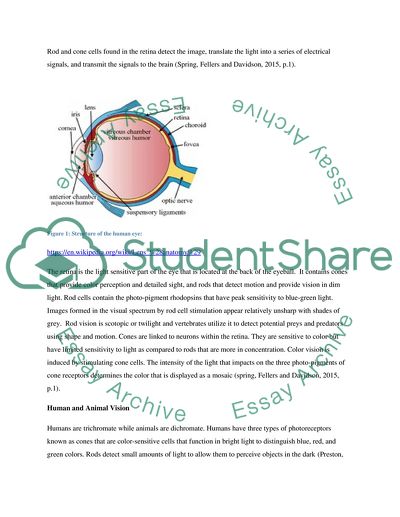Cite this document
(“Comparison Between Structure and Function of Human and Animal Eyes Assignment”, n.d.)
Comparison Between Structure and Function of Human and Animal Eyes Assignment. Retrieved from https://studentshare.org/health-sciences-medicine/1701247-comparison-between-structure-and-function-of-human-and-animal-eyes
Comparison Between Structure and Function of Human and Animal Eyes Assignment. Retrieved from https://studentshare.org/health-sciences-medicine/1701247-comparison-between-structure-and-function-of-human-and-animal-eyes
(Comparison Between Structure and Function of Human and Animal Eyes Assignment)
Comparison Between Structure and Function of Human and Animal Eyes Assignment. https://studentshare.org/health-sciences-medicine/1701247-comparison-between-structure-and-function-of-human-and-animal-eyes.
Comparison Between Structure and Function of Human and Animal Eyes Assignment. https://studentshare.org/health-sciences-medicine/1701247-comparison-between-structure-and-function-of-human-and-animal-eyes.
“Comparison Between Structure and Function of Human and Animal Eyes Assignment”, n.d. https://studentshare.org/health-sciences-medicine/1701247-comparison-between-structure-and-function-of-human-and-animal-eyes.


